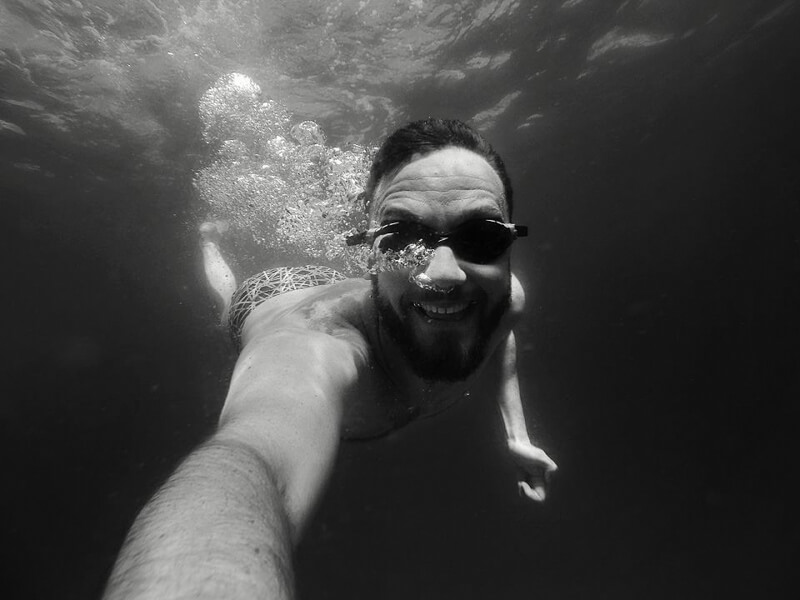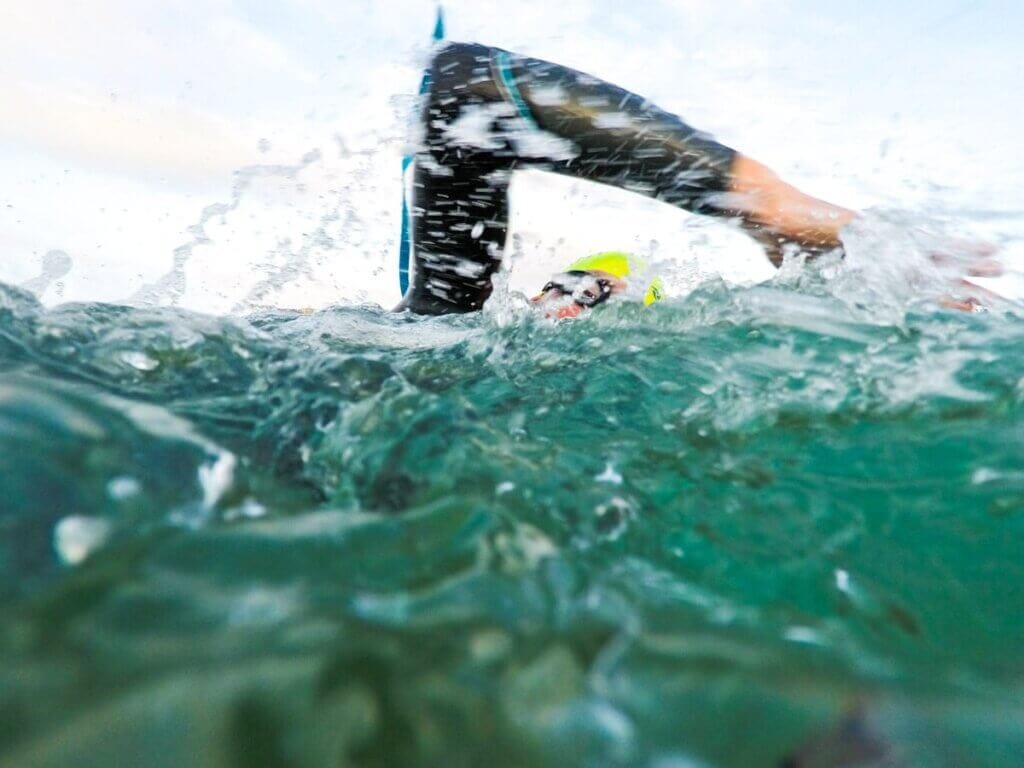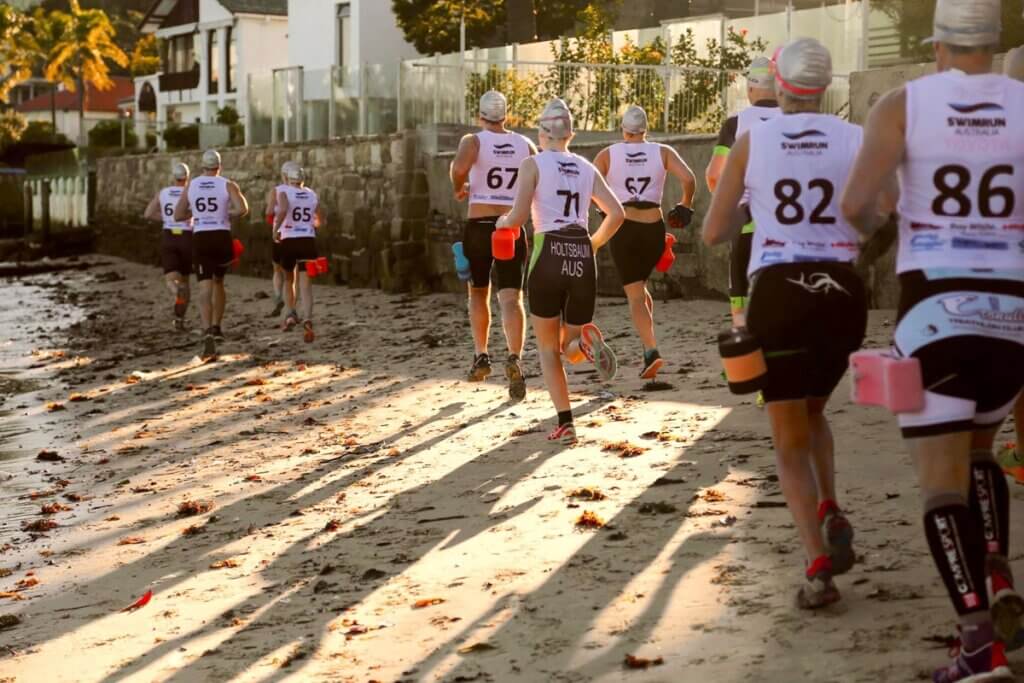Stroke counting great tool for measuring efficiency
Strokes per Length (SPL)
Stroke counting is a great tool for measuring efficiency and the key is finding the optimal number, not the least number of strokes you can do over a set distance.
Too many strokes eg. >25+ strokes for a 25-metre swim, indicates over stroking, windmilling arms, lack of traction and inefficiency.
Too few strokes eg. <14 could mean a lack of momentum and feel very much like a ‘stop/start’ rhythm. It will also affect your speed and each time you stroke you’ll have to overcome inertia.
The sweet spot
Your ‘sweet spot’ is dependent on your height and skill level/stroke efficiency and the pace you’re swimming at.
- Taller swimmers taking fewer strokes
- A slower longer swim may have lower SPL
- A shorter higher tempo and pace may call for a slightly higher SPL
Stroke counting is the most accessible and specific form of measurement in swimming.
Terry Laughlin (Total Immersion) says it’s also good in that it can be cross-referenced with three other empirical measurements – (1) Tempo, (2) Time and (3) Heart rate – to give you perfect understanding of how effectively you have swum any distance, effort or speed.
Using stroke counting to become more an efficient swimmer
- Choose shorter distances to practice your stroke counts – 25m is perfect for practice
- Practice counting – each time your hand hits the water, count 1 or, count on one side only eg. left hand and count ‘stroke cycles’
- Find your count and a given ‘low effort’ swim
Check out the chart below, how do you fare??






Responses